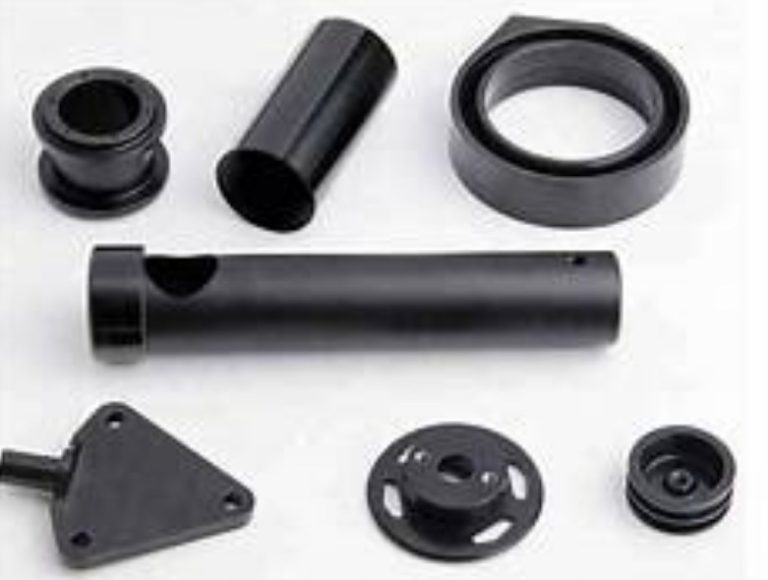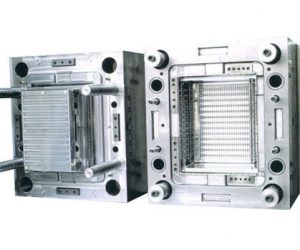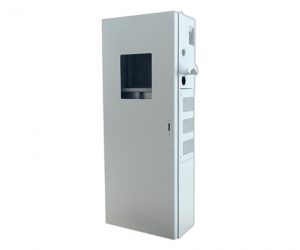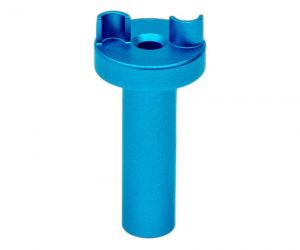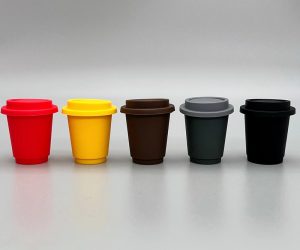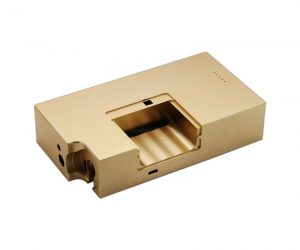This treatise delves into the intricate world of plastic screw hole design within the demanding landscape of injection molding. We will not merely present a superficial overview, but rather dissect the underlying principles, explore nuanced design considerations, and navigate the treacherous shoals of potential pitfalls. This is not a guide for the faint of heart; it demands a thorough understanding of material science, manufacturing processes, and a keen eye for detail.
The significance of screw holes transcends their seemingly simple function. They are, in essence, critical junctures in the structural integrity of the molded part, acting as anchors for assembly and the linchpins of overall product reliability. A poorly conceived screw hole design can cascade into catastrophic failure, impacting not only the final product's performance but also manufacturing yield and, ultimately, profitability. The optimization of screw hole design, therefore, is paramount to achieving robust and efficient production.
The applications of screw holes are as diverse as the industries they serve. From the micro-precision of medical devices to the demanding stresses of automotive components, the ubiquitous nature of screw holes belies their critical role. Understanding the specific demands of each application—the material properties, anticipated loads, and environmental factors—is crucial in formulating a successful design. This necessitates a deep understanding of material compatibility, stress analysis, and fatigue behavior under various operational conditions.
The seemingly straightforward task of screw hole design is fraught with subtle complexities. The precise location, meticulously chosen dimensions, the optimal shape to minimize stress concentrations, and the selection of appropriate thread type—each parameter demands careful consideration and often involves iterative refinement through finite element analysis (FEA) and rigorous testing. We will explore not only the fundamental guidelines but also delve into advanced techniques for optimizing screw hole geometry to maximize strength and minimize the risk of stripping or failure.
Finally, we confront the inherent challenges that plague even the most experienced designers. Material selection, a critical first step, involves navigating the trade-offs between strength, stiffness, and processability. Mold design itself presents a complex interplay of geometry, cooling strategies, and ejection mechanisms, all of which can directly impact the quality of the resulting screw hole. Process parameters, such as injection pressure, melt temperature, and holding time, further complicate the equation. We will equip the reader with the analytical tools and practical strategies to navigate these complexities and transform potential challenges into opportunities for innovation and optimized design.
What are Screw Bosses and Why are They Important?
Screw bosses are like little cylinders on plastic bits that make it easier to put things together. They have holes for screws and other stuff that helps hold things tight. These little guys can also help position parts, act as supports, or even help turn gears.
When you're putting something together, these screw bosses help line up all the pieces perfectly. They make sure everything fits together nicely and makes the whole thing stronger. Plus, they make it easier to design and mold parts, which means they last longer and cost less to make. Screw bosses are really common in injection molding because they let you easily fix parts together with special screws.
Essential Design Guidelines for Screw Bosses
Designing screw bosses requires adherence to specific guidelines to ensure accuracy and optimal performance. Various injection molding design principles are recommended for screw boss design. These guidelines take into account factors such as the size, shape, and location of the boss. Additionally, considerations are given to draft angles, material thickness, and type. Below, you will find a set of recommended screw boss design guidelines to follow.
Boss Size and Shape Recommendations
The boss should be the same diameter and size as the injection-molded parts’ wall thickness and size. The reason is that selecting a smaller screw boss will result in inadequate strength while choosing a larger one could lead to an unnecessary increase in the cost of production. The length, pitch, and thread diameter are typically used to calculate screw boss size.
It is worth noting that incorporating a screw boss into the design of a plastic part typically results in an extended cycle time. This is because the presence of bosses increases the time required for the molten plastic to fill the mold completely.
Boss Location Recommendations
The boss should be located as close as possible to a rib or wall to provide support and prevent cracking or deformation. The boss should also be aligned with the direction of mold opening to avoid undercuts and facilitate ejection. If possible, avoid placing bosses near corners or edges, as this could cause stress concentration and warping.
Guidelines for Material and Thickness Selection
When it comes to designing bosses for parts, it's crucial that the material and thickness of the boss match those of the part itself. Different materials have unique traits like how much they can bend (ductility), how they expand when heated (thermal expansion), and how well they keep a grip (clamp retention). These characteristics determine how effectively the fastener holds the part together without causing harm or loosening up.
For instance, fragile materials need thicker bosses than flexible ones to handle stress better. Similarly, materials that expand a lot with heat require bigger holes than those that don't to account for size changes.
Regarding draft angles, this refers to the angle between the side wall of the boss and its vertical axis. A draft angle is essential for making mold release easier and preventing sticking or dragging. For screw bosses, a recommended draft angle ranges from 1° to 3° per side, depending on the type of material and surface finish used.
Wall thickness is another important factor; it should be consistent and uniform across the boss and part. Uniformity ensures even cooling, reducing shrinkage, warping, and sink marks. Additionally, the wall thickness must be strong enough to withstand the torque applied by the fastener without cracking or stripping.
Spacing between bosses should be at least twice the diameter of the boss to avoid interference and stress concentration. If multiple bosses are needed, they should be arranged symmetrically and evenly distributed to balance the load and prevent distortion.
The height to outer diameter (OD) ratio is also critical. A high ratio might cause the boss to bend or buckle under load, while a low ratio could weaken the structure. The ideal height to OD ratio for screw bosses is between 0.5 and 1.0.
Lastly, a standalone screw boss is one that isn't connected to a rib or wall. This design is typically used when there's no room or need for additional support structures. A standalone screw boss should have a larger diameter and thicker walls than regular screw bosses for added strength and rigidity. It should also feature a tapered base to minimize stress concentration and improve mold filling efficiency.
Challenges and Solutions in Screw Boss Design
Screw boss design can pose some challenges that could affect the quality and performance of the part. Some of these challenges are:
- Radial stress: Radial stress is the outward force exerted by the fastener on the boss. Radial stress can cause cracking, deformation, or expansion of the boss, especially if the boss is too small, too thin, or made of brittle material. To reduce radial stress, use special fasteners for plastics that have narrow thread profiles and shallow threads. These fasteners reduce the contact area and the friction between the fastener and the boss, thus lowering the radial force.
- Pull-out: Pull-out is the failure of the fastener to hold the part securely due to insufficient engagement or resistance. Pull-out can occur if the hole size, thread depth, or thread pitch of the boss is not compatible with the fastener. To increase resistance to pull-out, use fasteners with coarse threads, large thread depth, or self-locking features. These fasteners increase the engagement and friction between the fastener and the boss, thus enhancing the holding power.
- Stripping: Stripping is the failure of the fastener to grip the threads of the boss due to excessive torque or wear. Stripping can occur if the material, wall thickness, or hole size of the boss is not suitable for the fastener. To prevent stripping, use fasteners with low torque requirements, high wear resistance, or self-tapping features. These fasteners reduce the stress and damage on the threads of the boss, thus improving the grip.
Conclusion
Designing plastic screw bosses is a key part of injection molding. You need to think about many things carefully. If you follow the main rules for designing screw bosses, you can make sure that parts are strongly connected and look good. Understanding the problems and fixes in screw boss design helps you avoid common mistakes and improve performance.
If you need plastic parts with screw bosses, get in touch with Mold7. They are a top online manufacturing platform that offers excellent injection molding services. Mold7 can help with everything from designing and choosing screw bosses to testing and making them. They also offer other manufacturing services like CNC machining, 3D printing, and sheet metal fabrication.
